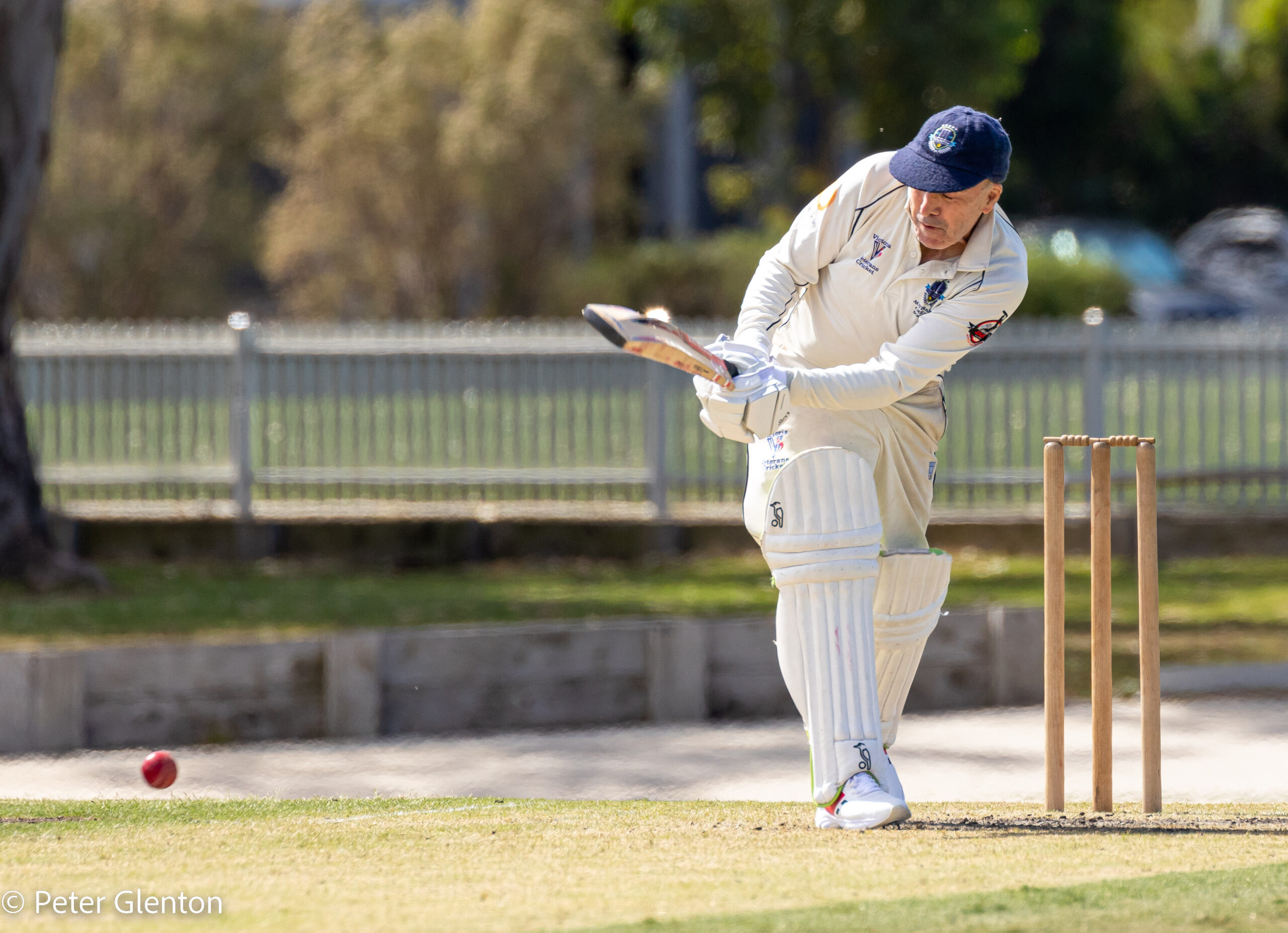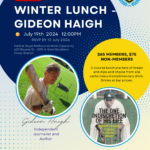by Kobe Jacobs, ACS Literary Scholar
Terry Allinson knows more than a thing or two about local cricket in the city of Melbourne.
His path in the game is one that has involved many clubs, as well as many great memories.
Reflecting on the trek, Allinson’s memory gets “a bit blurred” as his career has lasted for more than 50 years.
His introduction to the game first started at the age of 10 at the Bentleigh ANA Cricket Club, playing and progressing through both the Under 14 and Under 16 programs.
And early on, Allinson was also able to first get a taste of senior cricket at the age of 14 through one of his school teachers in Tony Austin.
Austin, who at the time was both the football and cricket coach at Moorabbin Technical School, recruited Allinson to play for Bentleigh Cricket Club, which is only a six-minute drive from ANA.
“I played four years of Under 14 at Bentleigh ANA and then two years of Under 16 under Tony’s guidance.
“He got quite a few kids from the local area and from Moorabbin Tech to come to play at Bentleigh.”
Steadily transitioning from junior cricket at Bentleigh ANA to then senior cricket with Bentleigh, the latter was the club that provided Allinson with some of his fondest cricket memories.
One was winning a premiership under star St. Kilda FC player George Young, who assisted a then-teenager Allinson with his role as an opening batsman.
Young had initially moved from Western Australia to Victoria to continue his footballing dream and was approached by Austin to coach Allinson’s under-16 side.
“Somehow Tony knew he (Young) was living in the area so George coached Bentleigh and as a 16-year-old I played in a premiership with him,” Allinson said.
“That was a highlight playing in a flag for Bentleigh because it was quite a strong competition, it was in the Victorian Junior Cricket Association and we played South Caulfield in the grand final who were very strong.”
Getting a taste of premiership success at a young age, Allinson then opted to head off to Prahran for a couple of years, where he was able to play alongside some former Test cricketers.
At age 18, Allinson was able to train and play with the likes of Dav Whatmore, Julien Wiener and Simon Davis, all of whom represented the country whilst playing at Prahran at District level.
Though whilst at Prahran during the summer, in the winter, Allinson was a keen footballer who played for Sandringham in the VFA competition.
“I played in a couple of premierships in the Under 19s and I won the League best and fairest but that probably mucked my cricket up because I was doing both,” he said.
If it wasn’t for his football commitments, Allinson believes he would have stayed at Prahran longer, having only served a two-year stint for the inner city club.
“I only played the one game in the First XI (for Prahran) which was against Carlton and they were very strong.
“Keith Stackpole was playing and he was at one point Vice Captain of Australia and they also had John Scholes.”
Allinson’s First XI debut for Prahran was significant and is something he admits he won’t forget anytime soon.
He replaced Julien Wiener who was recalled back to the Australian Test team and took his place in the team as the opening batsman.
After Prahran, Allinson’s cricket eventually continued back at Bentleigh in 1980, where this time the club had signed another influential figure as coach in former Cricket Victoria Chairman Geoff Tamblyn.
Tamblyn was recognised as a strong player and coach, having amassed an impressive career for St Kilda Cricket Club.
“I was able to play in another flag there (Bentleigh) with Geoff Tamblyn which was another cricket highlight of mine.”
Impressively, Allinson’s career has lasted a tick over five decades and is still going today.
During this time, many factors of the game have changed, one being the development of the facilities throughout many cricket grounds in the city of Melbourne.
And since Allinson is still active with his cricket as he continues to play through the veterans’ format, he finds such an expansion quite impressive.
“When I played we had uncovered wickets, so probably the biggest difference I’ve noticed is that the wickets are a lot better.”
“Playing cricket in the 70s and 80s as an opening batter could get a little bit difficult because local cricket was very competitive, also often it would rain the night before which could make it (batting) a bit difficult.
“Now, the grounds are a lot better in terms of the surface and the council seem to be spending a lot more money than what they did in my day.”
As he continues to play the game that he loves so dearly, the social aspect of cricket entices Allinson to keep wanting to come back and play again.
“The great thing about cricket as I’ve gotten older is those social connections that you make.
“I think socially, there’s nothing better than cricket, you appreciate more the lesser lights and the people behind the scenes who keep a club going.
“There are all different reasons why I play but I’d say it’s the people and the connections that I just love and why I keep playing, it’s the people you meet, not the individual accolades.
Though when it is time to call it quits on his cricket career, the one thing Allinson wants to remember is the clubs he has played for as they have provided him with many memories to remember. “When I talk about what has been the greatest thing that has happened to me in cricket, it’s been the clubs that I have been involved with.”
Australian Cricket Society’s literary scholar Kobe Jacobs is mentored by writer John Harms. His pieces are also published at www.footyalmanac.com.au .



